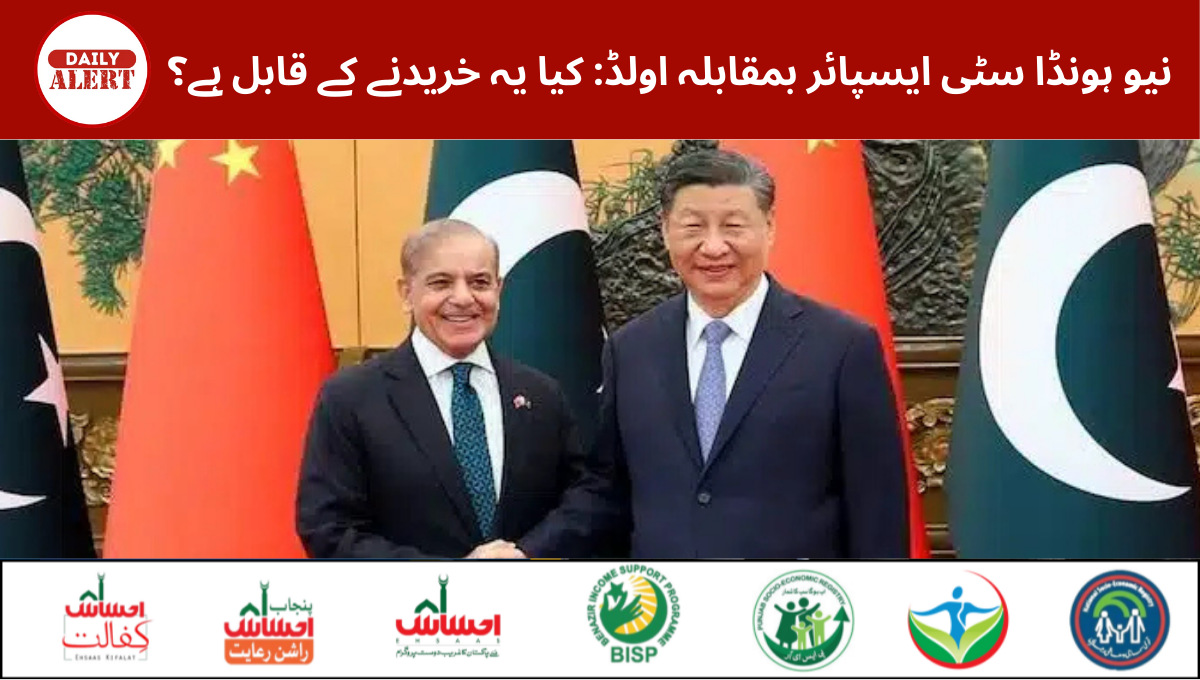Pakistan and China reached a significant milestone as Prime Minister Shehbaz Sharif officially launched the next phase of the China-Pakistan Economic Corridor, widely referred to as CPEC 2.0, during a high-profile visit to Beijing. The two countries signed agreements worth approximately USD 8.5 billion, encompassing infrastructure, energy, and industrial cooperation. This development signals a renewed commitment to deepening bilateral ties and energizing Pakistan’s economic growth through strategic investments.
Background: Deepening Ties Under CPEC 2.0
The Significance of the $8.5 Billion MoUs
The memorandum of understandings signed between Pakistan and China span a variety of sectors, including renewable energy projects, road and rail connectivity upgrades, and expansion of industrial parks. These MoUs, collectively valued at $8.5 billion, reflect both nations’ intention to continue and evolve the objectives established under the original CPEC, which focused on boosting infrastructure and energy production.
Why CPEC 2.0 Matters
The original CPEC initiative, launched nearly a decade ago, helped lay the groundwork for greater connectivity between Gwadar Port and Xinjiang province, strengthening trade corridors and energy links. Now, CPEC 2.0 seeks to build on that momentum by prioritizing technologies like solar, wind, and unlocked manufacturing potential within Pakistan. With the new MoUs, the focus expands beyond basic infrastructure to include high-impact sectors that promise long-term returns and economic diversification.
Analysis: Economic and Strategic Implications
Boosting Economic Growth and Stability
The newly signed agreements are expected to catalyze Pakistan’s economic environment by injecting fresh capital, supporting job creation, and improving regional access. Investments in energy infrastructure, especially renewable energy, aim to address chronic power shortages, reduce reliance on expensive fossil fuels, and increase national resilience.
Strengthening Sino-Pakistani Strategic Partnership
From the Chinese perspective, backing CPEC 2.0 demonstrates Beijing’s sustained strategic interest in South Asia. The corridor remains a cornerstone of China’s Belt and Road Initiative, and continued engagement helps ensure trade routes remain secure and functional. Moreover, stable economic relations with Pakistan support China’s broader vision of regional integration.
Addressing Challenges and Fostering Local Capacity
Despite the benefits, Pakistan faces challenges in executing large-scale projects. Concerns include environmental sustainability, project transparency, and equitable gains for local communities. To overcome these hurdles, Pakistan will need robust governance frameworks and careful planning. The emphasis on renewable energy could mitigate some environmental concerns while offering opportunities to build domestic capability in clean technology sectors.
What Lies Ahead: Future Outlook of CPEC 2.0
Prime Minister Shehbaz’s launch of CPEC 2.0 sets the stage for implementation of these MoUs in the months to come. The next steps will involve formal project planning, securing financing, and coordinating with Chinese partners and local stakeholders to begin construction and development. Success will depend on sustained political will, transparency, and effective management.
Looking forward, these agreements may serve as a foundation for expanding cooperation into digital infrastructure, agriculture technology, and human capital development. As projects progress, Pakistan and China may seek to reinvigorate trade links, enhance industrial collaboration, and drive sustainable economic transformation.
Conclusion: A Strategic Move Toward Economic Revival
In sum, the signing of $8.5 billion worth of MoUs between Pakistan and China, coupled with the launch of CPEC 2.0, represents a strategic moment for both nations. Intended to build upon earlier infrastructure gains, this new phase focuses on long-term development through energy, industrial growth, and connectivity. Whether this translates into tangible benefits for Pakistan’s economy will hinge on effective implementation and inclusive policy design. If navigated successfully, CPEC 2.0 could shape a more prosperous and interconnected future for the region.
Also Read More: 300-Foot-High Green Flag Hoisted at Defence Day Ceremony in Sukkur

